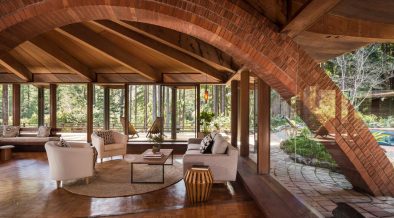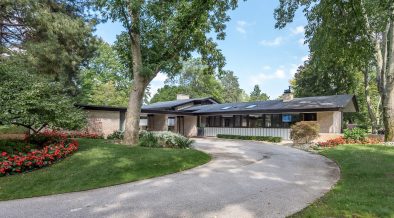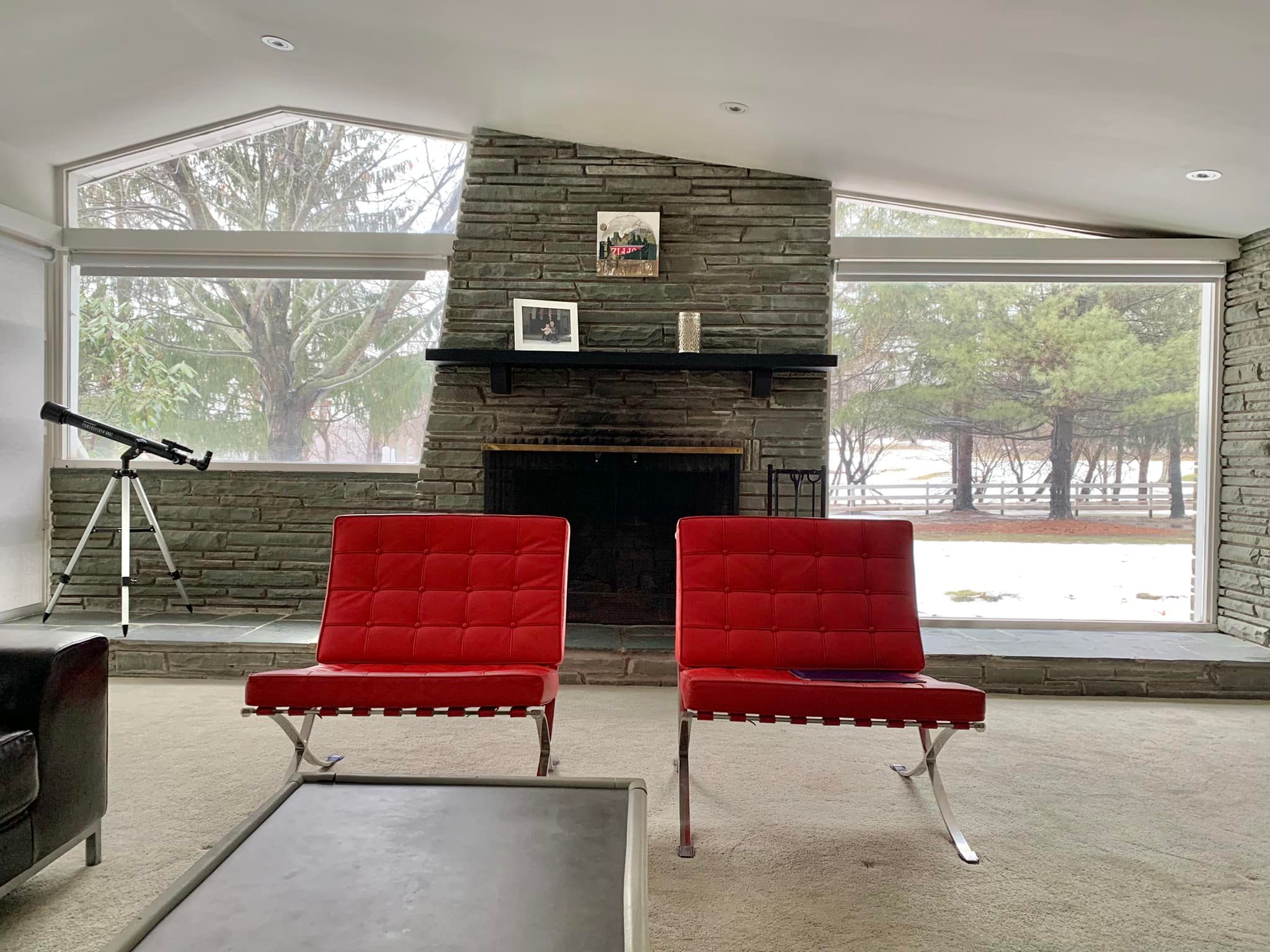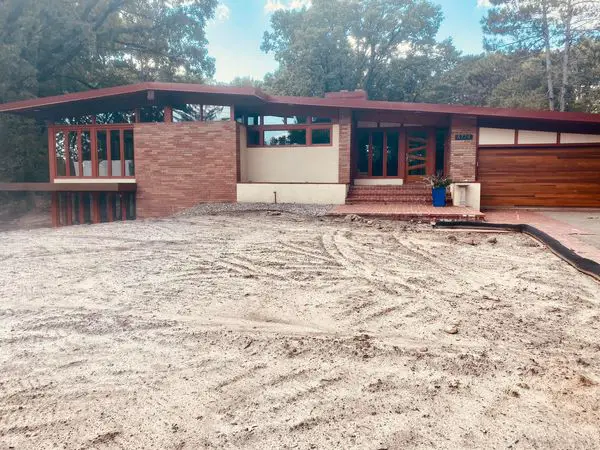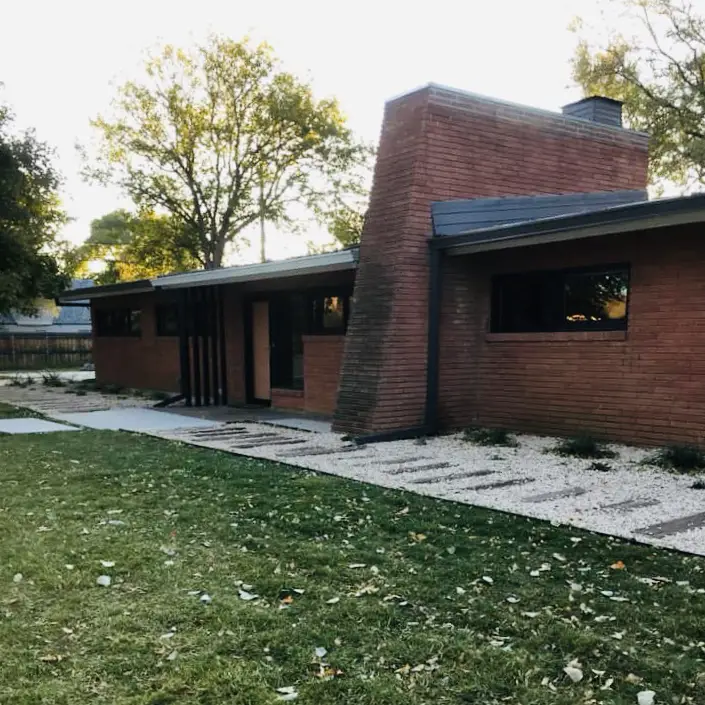
Our MCM house has quite a lot of wood paneling and I love it. The problem being is that it’s really dried out. Any ideas on restoring it? Don’t want it to have a high sheen still want it to have a matte texture to it, just not look so dry.
Members of our facebook group for midcentury home owners were happy to help.
Below are some examples of members thoughts on the topic. These are only a few of the thousands of tips that are shared in our exclusive Facebook Group dedicated to midcentury modern home owners. If you own a midcentury house and are not already a member, join us now!
- “Scott’s liquid gold did wonders for mine. It drinks it in. Looks beautiful after.”
- “You can use tung oil also which is a natural treatment and sealant. If you use steel wool to apply it will remain flat.”
- “We have the same walnut paneling in our MCM home. It also has a taupe semi-transparent oil stain. Be real careful about adding something because it may turn yellow over time.”
- “Twice a year I wipe over all my teak veneer with furniture oil. If this veneer hasn’t been done for a while I suggest that you see if you can get a 4ltr furniture oil and apply it with a microfiber pad on a painting extension pole. Make sure the pad is well saturated, and don’t do it on a hot day. When all done, keep the pad in a clip lock bag, for use again. Tung oil may change the colour a bit. If you’re not happy with the finish, it may take 2 or 3 wipes over, you could try Danish oil, – start with a small patch, out of eye view and check on the results. Looking after it twice a year at least will keep it supple, as long as it’s not in full, especially Western sun.”
- “DO NOT USE ANYTHING WITH SILICONE. Use only all natural oils. I am a furniture designer/fabricator by trade. Scott’s Liquid Gold is NOT good for your wood; it’s heavily siliconized, and will eventually leave your wood unable to absorb applied oils. It looks great, very shiny (silicone), but is highly detrimental for the long term.”
- “Get some recommendations from a historic pro and or a painter who worked in the era or a specialty carpenter with finishes expertise. Shouldn’t be too expensive and the advice will last you decades as you reapply. Find a small section to test on. Question the assumptions of the pros.”
You can read more tips about this topic and offer your own suggestions here.



